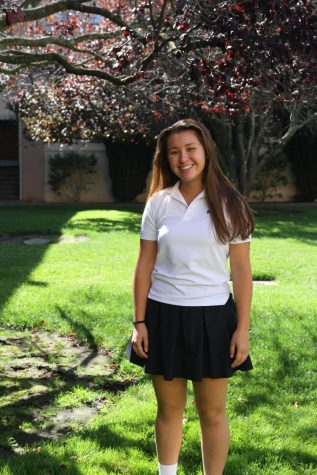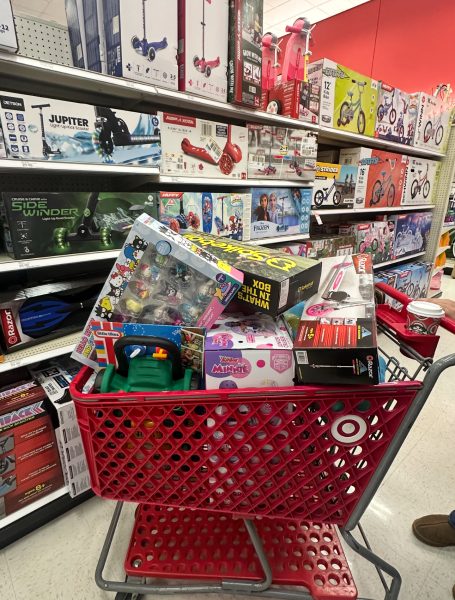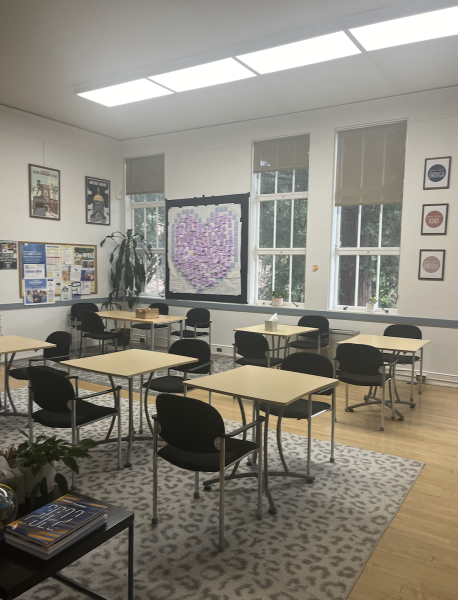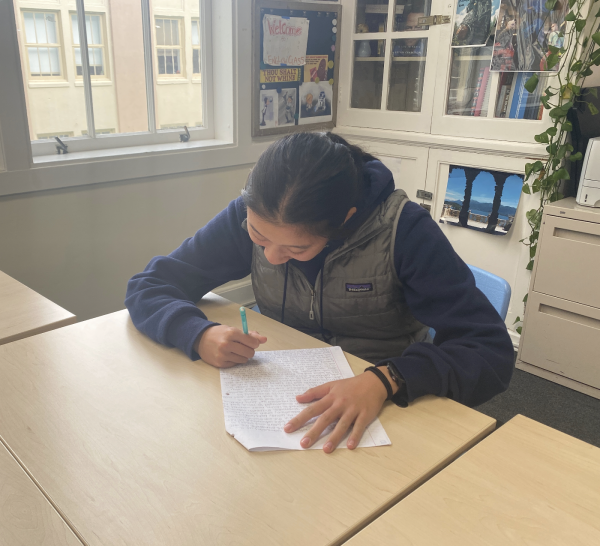Representation and the Victoria’s Secret Fashion Show: Why are we still surprised?
Early this November, before Thanksgiving and the holidays were at the forefront of the minds of most Americans, the annual extravaganza that is the Victoria’s Secret Fashion Show was filmed. Within 24 hours of the event, Vogue broke a story interviewing Victoria’s Secret CFO Ed Razek where he claimed that while VS has looked into having “transexuals” model for the show, it will not be a reality, as the show is designed to be a “fantasy.” He also said that they will not be including plus-size women in their show, saying, “We attempted to do a television special for plus-sizes [in 2000]. No one had any interest in it, still don’t.” He cited their sister brand Lane Bryant which focuses on plus-size lingerie as evidence of their efforts towards inclusivity.
Razek’s comments and insensitive language choices in the interview promptly sparked outrage. People around the internet took offense to the idea that trans and plus size women would ruin a fantasy of increasingly-dated standards for femininity, or that as the show is a fantasy, its creators have no obligation to make it representative or inclusive. Across social media, models, modelling agencies, trans celebrities, and even artists performing at the show spoke out against the comments, claiming that they did not support the narrow idea of sexiness that Razek endorsed in the interview. The brand later apologized and clarified that hiring a trans model is not out of the realm of possibility.
However, while it’s worth noting the social tactlessness of these comments, it’s also important to recognize that Victoria’s Secret has never been known for representation or inclusivity. They’ve repeatedly come under fire for lack of representation of various body types, for idealizing an unhealthy body image, and for various cultural appropriation faux pas.
Across the VS Fashion Show’s twenty-three year span, it took until 2009 for a model of East Asian descent to walk the runaway. Out of the seventeen multimillion-dollar “fantasy bras” constructed of diamonds and precious stones, only three have ever been worn by a black woman, and never by an Asian woman. VS’ Pink line, targeted towards younger woman, only announced their first ever black spokeswoman in 2016. VS has also never had an Asian woman receive the full honors of being named a VS Angel. They have also repeatedly come under fire for cultural appropriation in Fashion Show outfits as well as lingerie collections, including sexualized Native American costumes, use of Chinese and other Asian cultures in various show segments, and a 2012 Japanese and Geisha-inspired line called, “Go East” that included a “Sexy Little Geisha outfit,” advertised as a, “ticket to exotic adventure.” All three incidents were criticized as contributing to stereotypes that hyper-sexualize Native and Asian women while reducing these cultures to a white person’s fantasy and contributing to orientalism.
So what? Though Razek’s comments were inconsiderate and unaccepting, quite frankly, this shouldn’t come as a surprise. Across the brand’s multi-decade history, they have never been known for making steps towards inclusivity or representation. VS, a brand that saw its heyday in the late 1990s and early to mid 2000s, has always glamorized ideas about what it means to be sexy or appealing that are considered dated through a modern lens.
But in an era where consumers are increasingly socially-conscious and polarized, where does Victoria’s Secret stand? Conversations about inclusivity and acceptance in the fashion industry have been brewing since much earlier than 2018. American Eagle’s lingerie brand, Aerie, launched its Aerie Real campaign in 2014, which featured plus-size models and no retouching. The Sport Illustrated Swimsuit Edition, another oft-criticized example of female objectification, first featured a plus-sized model in 2015, and now regularly features them both on the cover and in the issue. In 2017, Rihanna launched her lingerie brand, Savage x Fenty, and held a fashion show for it in 2018 that included plus sized models.
The Catalyst interviewed members of the NDB community for their thoughts on the VS Fashion Show. Social studies teacher Rebecca Fisher said of VS, “I think that they are struggling to keep up with the times, where body consciousness and inclusivity are slowly becoming more prevalent.” She continued, “I think that it’s very telling considering that the largest size that VS carries is a 40DD, and if that is the max size, it already speaks to the demographic in which its tailored to, considering that the average American woman is a size twelve…It didn’t take giving that statement to show who they cater to, but by making that statement, it just further isolates those who already can’t shop there.”
Senior Kennedy Nelson said of social conscious retail shopping, “It’s definitely a big draw for me if a company has sustainable and accepting practices, for example, Patagonia. I feel better about buying the product and I know that my money is a way for me to show what I tolerate and what I don’t. I don’t support businesses that do not have size or diversity inclusive lines–for example, Brandy Melville, because one size obviously doesn’t fit all.”
She added of the VS show specifically, “I think they should cast any model qualified for the show. Simply casting someone because of their gender identity or size on both ends of the spectrum is problematic. Also, a lot of plus sized models don’t have the body type of the average plus sized women. They work out just as much as skinny models to maintain a curvy figure.”
Victoria’s Secret has been steadily losing prominence as a major corporation and as a representation of standards and role models for women in recent years. While it’s certainly still a large brand and a household name, should the VS Fashion Show still be considered the golden standard for what female attractiveness looks like, period? What do marginalized groups of women stand to benefit from being endorsed by an event that, across its two-decade history, has made but meager steps towards inclusivity?
While people’s standards have changed for representation in fashion, the Victoria’s Secret Fashion Show never will. While other brands are paving the way for inclusivity in the lingerie industry, what purpose does the Victoria’s Secret Fashion Show serve other than an entertaining snapshot in time of female beauty standards?

Johana Ligtenberg is a current senior and member of the Titan class of 2019. As the Editor-in-Chief, Johana Ligtenberg oversees all department editors...



